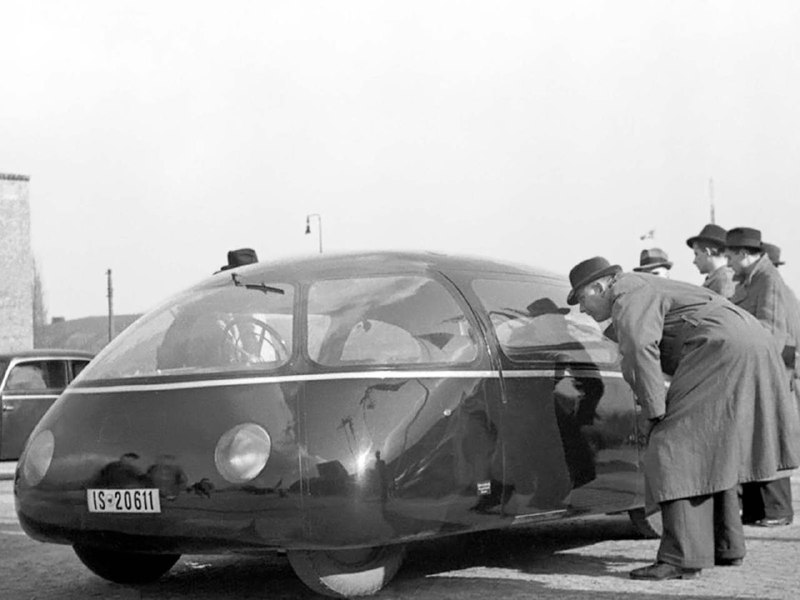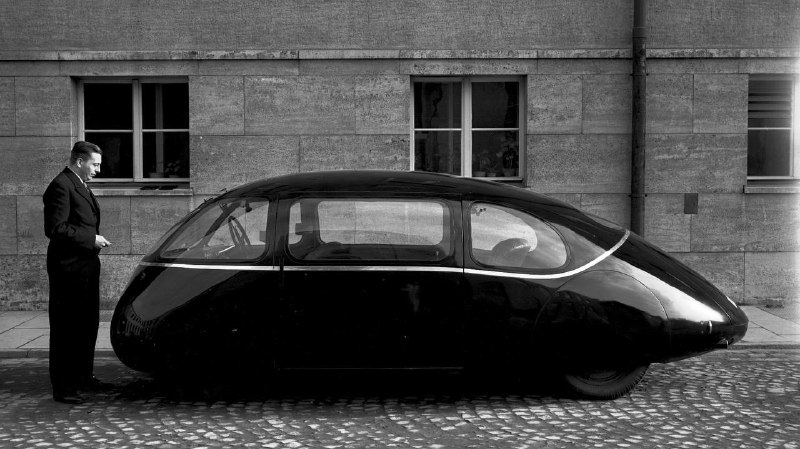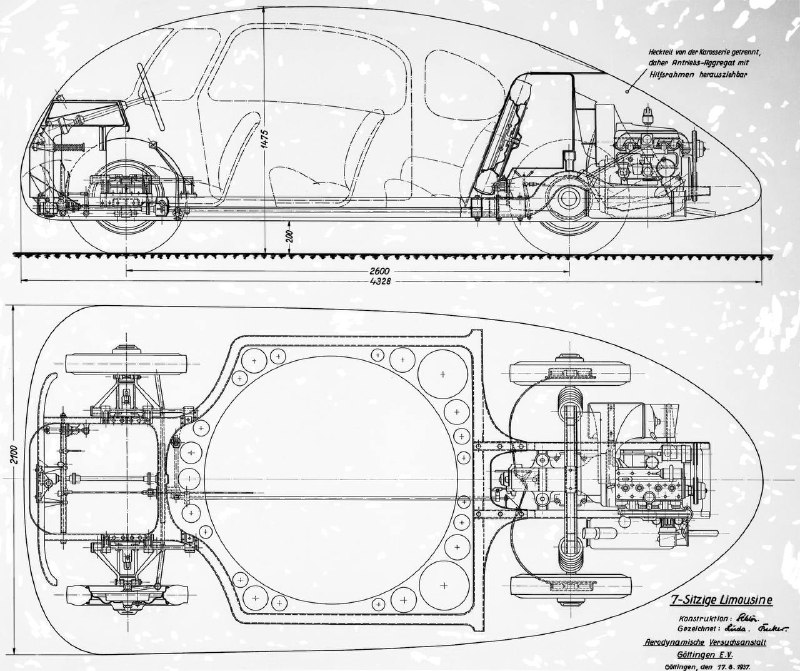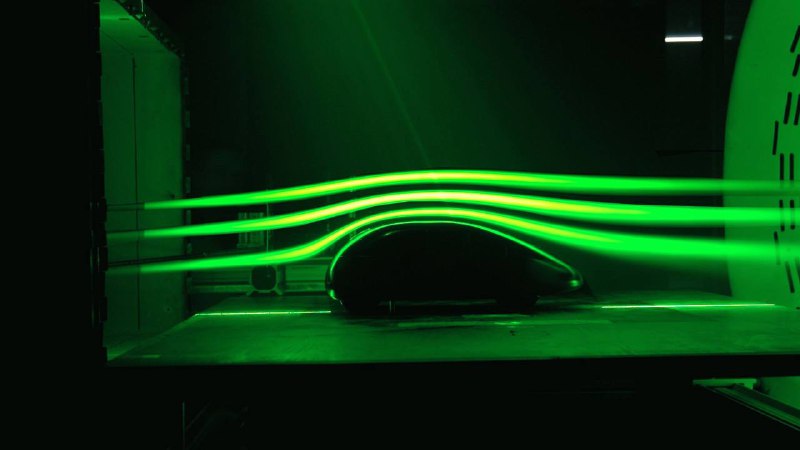Forwarded from Mid-Century, More Than
Перед вами «Шлерваген», прототип пассажирского автомобиля, разработанный в 1936 г. немецким инженером Карлом Шлером. Стремясь добиться небывалых аэродинамических показателей (коэффициент сопротивления формы составил 0,186 при испытаниях, проведенных Шлером, и 0,15 при испытаниях уменьшенной копии, организованных «Фольксвагеном» в 1970-х гг., против 0,24-0,3 для современных автомобилей), Шлер взял за основу форму крыла самолета и поместил обтекаемый кузов на модифицированные шасси от «Мерседеса-Бенца 170 H». Когда этот прототип был представлен на берлинском авто-салоне 1939 г., общественность не оценила плавность линий и нарекла его «мокрицей» и «яйцом из Геттингена».
———
Dubbed the Schlörwagen, this prototype of a passenger automobile was designed by German engineer Karl Schlör in 1936. Wishing to create an extraordinarily aerodynamic vehicle, Schlör was guided by the design of airplane wings. He mounted the streamlined body on a modified chassis of the Mercedes 170 H and succeeded in his attempts: the resultant prototype yielded a drag coefficient of 0.186 (or 0.15, upon a retest done by VW on a model in the 1970s) vs 0.24-0.3 of today’s cars. However, when the sole prototype was unveiled at the 1939 Berlin Auto Show, the public found it ugly and nicknamed the car “Pillbug” and “Goettingen Egg”.
———
Dubbed the Schlörwagen, this prototype of a passenger automobile was designed by German engineer Karl Schlör in 1936. Wishing to create an extraordinarily aerodynamic vehicle, Schlör was guided by the design of airplane wings. He mounted the streamlined body on a modified chassis of the Mercedes 170 H and succeeded in his attempts: the resultant prototype yielded a drag coefficient of 0.186 (or 0.15, upon a retest done by VW on a model in the 1970s) vs 0.24-0.3 of today’s cars. However, when the sole prototype was unveiled at the 1939 Berlin Auto Show, the public found it ugly and nicknamed the car “Pillbug” and “Goettingen Egg”.
👍8❤2😁2😱1
group-telegram.com/voyage_transport/2464
Create:
Last Update:
Last Update:
Перед вами «Шлерваген», прототип пассажирского автомобиля, разработанный в 1936 г. немецким инженером Карлом Шлером. Стремясь добиться небывалых аэродинамических показателей (коэффициент сопротивления формы составил 0,186 при испытаниях, проведенных Шлером, и 0,15 при испытаниях уменьшенной копии, организованных «Фольксвагеном» в 1970-х гг., против 0,24-0,3 для современных автомобилей), Шлер взял за основу форму крыла самолета и поместил обтекаемый кузов на модифицированные шасси от «Мерседеса-Бенца 170 H». Когда этот прототип был представлен на берлинском авто-салоне 1939 г., общественность не оценила плавность линий и нарекла его «мокрицей» и «яйцом из Геттингена».
———
Dubbed the Schlörwagen, this prototype of a passenger automobile was designed by German engineer Karl Schlör in 1936. Wishing to create an extraordinarily aerodynamic vehicle, Schlör was guided by the design of airplane wings. He mounted the streamlined body on a modified chassis of the Mercedes 170 H and succeeded in his attempts: the resultant prototype yielded a drag coefficient of 0.186 (or 0.15, upon a retest done by VW on a model in the 1970s) vs 0.24-0.3 of today’s cars. However, when the sole prototype was unveiled at the 1939 Berlin Auto Show, the public found it ugly and nicknamed the car “Pillbug” and “Goettingen Egg”.
———
Dubbed the Schlörwagen, this prototype of a passenger automobile was designed by German engineer Karl Schlör in 1936. Wishing to create an extraordinarily aerodynamic vehicle, Schlör was guided by the design of airplane wings. He mounted the streamlined body on a modified chassis of the Mercedes 170 H and succeeded in his attempts: the resultant prototype yielded a drag coefficient of 0.186 (or 0.15, upon a retest done by VW on a model in the 1970s) vs 0.24-0.3 of today’s cars. However, when the sole prototype was unveiled at the 1939 Berlin Auto Show, the public found it ugly and nicknamed the car “Pillbug” and “Goettingen Egg”.
BY VOYAGE transport





Share with your friend now:
group-telegram.com/voyage_transport/2464
